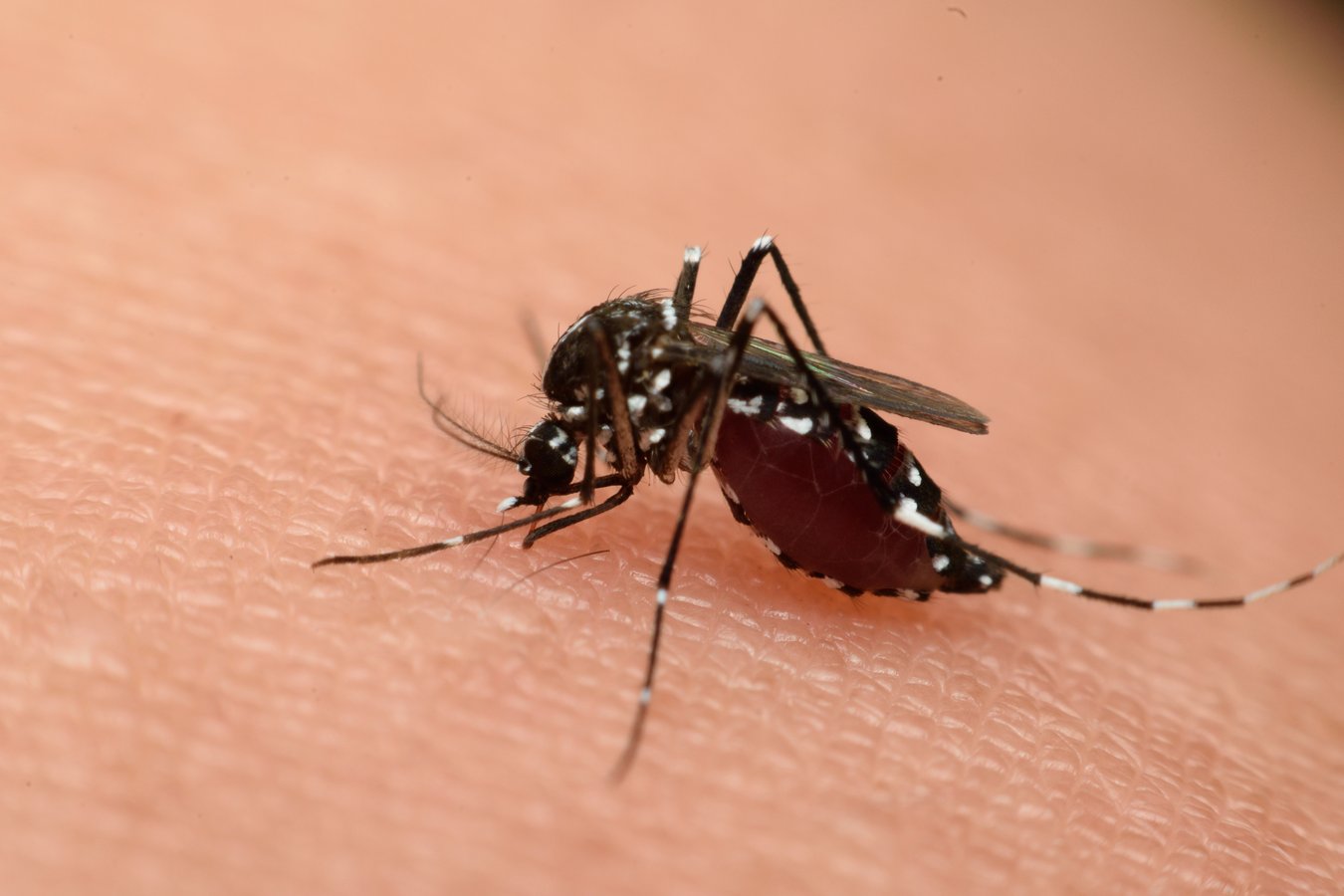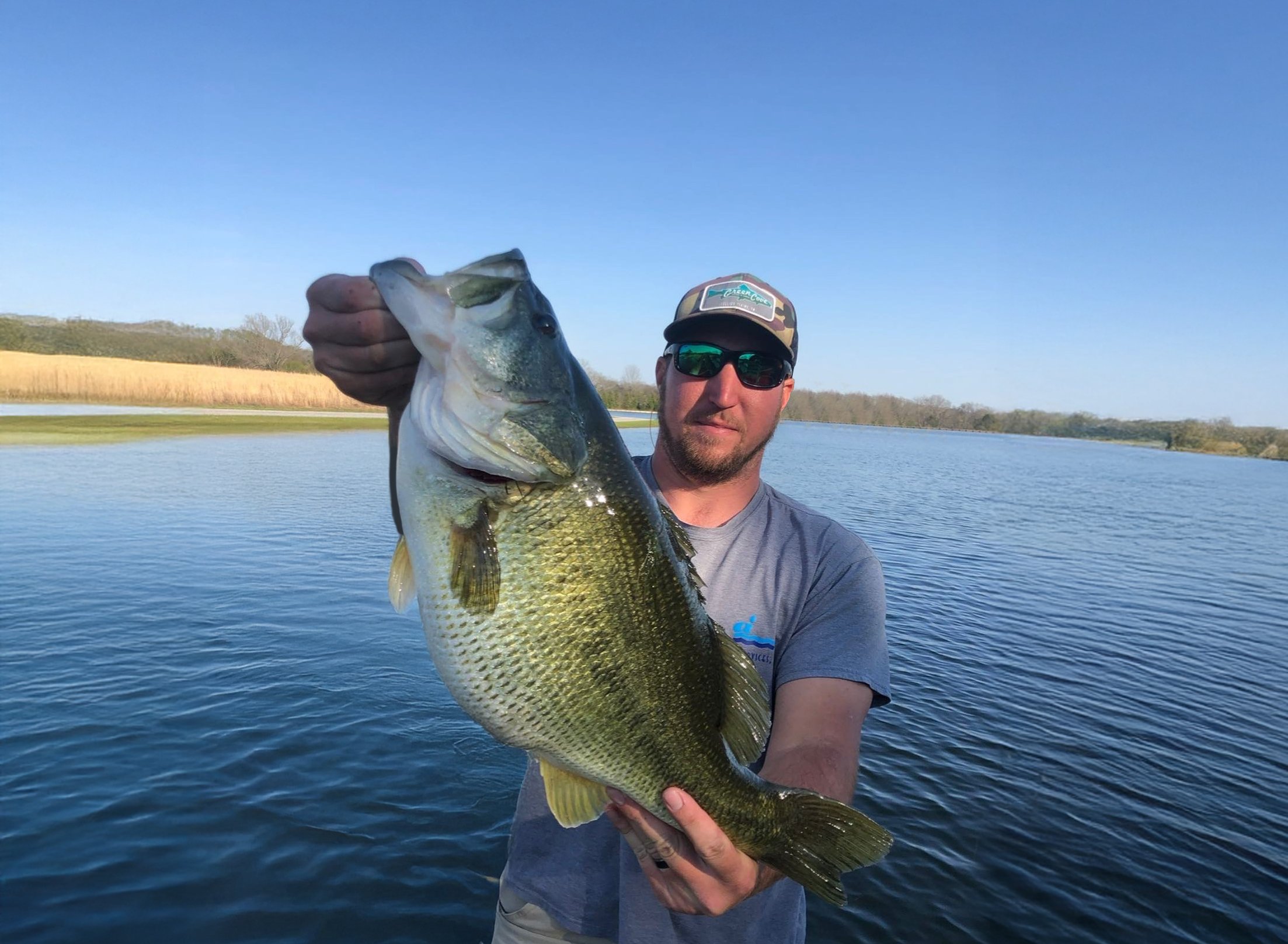
Earthen-bottom ponds are not only valuable landscape features—they’re also rich ecosystems that support wildlife and offer recreation. But without proper care, they can become ideal breeding sites for mosquitoes. While chemical insecticides are available, they often come with unwanted side effects, including harm to non-target species. Fortunately, pond owners can adopt natural, eco-friendly mosquito control techniques that are both effective and sustainable.
Build a Healthy, Balanced Pond Ecosystem
The best mosquito prevention starts with maintaining a thriving aquatic environment. Mosquitoes are drawn to shallow, stagnant water, especially when there’s thick vegetation and little circulation. By promoting movement and biodiversity in your pond, you can make it far less inviting to mosquito larvae.
Aeration is one of the most effective ways to discourage mosquito development. Installing a pond aerator—either a surface fountain or a bottom-diffused system—boosts oxygen levels and eliminates stagnant zones. This not only makes the pond less hospitable for mosquitoes but also supports healthy populations of beneficial bacteria and fish.
Use Mosquito-Eating Fish for Natural Control
Introducing biological mosquito control is another sustainable solution. Fish that feed on mosquito larvae can significantly reduce their population without disrupting the pond's ecological balance. Two excellent options for mosquito control are:
- Mosquitofish (Gambusia affinis) – Known for their appetite, these small fish actively target mosquito larvae in shallow zones.
- Fathead Minnows (Pimephales promelas) – Commonly used in small ponds, they offer general forage benefits while also feeding on mosquito larvae.
In larger ponds, young bluegill and largemouth bass also contribute to larval control as part of their natural diet.
Support Habitat for Natural Predators
In addition to stocking fish, maintaining a buffer of beneficial shoreline vegetation such as swamp milkweed, pickerelweed, and arrowhead can enhance mosquito control. These native plants attract and provide habitat for important mosquito predators like dragonflies and damselflies, which feed on both adult mosquitoes and their larvae. Vegetative buffers also reduce runoff by filtering out excess nutrients before they enter the pond, improving water quality and helping to prevent algae blooms.
Remove Plants That Cause Stagnation in Inlets
Shallow inlets and coves in ponds and lakes can become stagnant over time, creating perfect breeding grounds for mosquitoes—especially when overgrown with dense aquatic vegetation. In particular, cattails and phragmites are known to clog water flow and trap organic debris, worsening stagnant conditions. Clearing out these nuisance and invasive species helps restore natural circulation and reduces mosquito habitat. Since the best removal methods vary depending on the plant species and season, consulting with a professional aquatic manager ensures safe, effective, and legal control strategies.
Watch for Invasive Aquatic Plants That Harbor Mosquitoes
Uncontrolled aquatic vegetation, especially invasive species, creates ideal breeding grounds for mosquitoes by forming dense mats of cover. These mats reduce water flow, block sunlight, and trap heat—creating the perfect storm for mosquito larvae.

Hydrilla grows rapidly, forming dense stands that limit water movement

Common invasive plants that support mosquito breeding include:
- Hydrilla – This aggressive plant grows rapidly, forming thick underwater jungles that trap nutrients and stagnate water.
- Eurasian Watermilfoil – A submerged invasive that forms floating canopies, reducing oxygen and creating prime mosquito habitat by shielding larvae from predators.
Regular pond assessments and early intervention are critical. Mechanical harvesting or selective herbicide use may be necessary for advanced infestations, but prevention is key. Partnering with aquatic professionals ensures proper plant identification and the most effective management approach.
Reduce Standing Water Around the Pond
Even if your pond is well-managed, mosquito problems can arise from standing water nearby. Check for common culprits such as:
- Clogged drainage areas
- Unused buckets or equipment
- Low spots around the shoreline where rainwater collects
Eliminating these sources minimizes mosquito breeding areas and complements your in-pond efforts.
Keep the Water Moving
Mosquitoes depend on stagnant water for reproduction. Promoting consistent water movement is one of the simplest and most reliable deterrents. Besides aerators, fountains, circulators, or even reshaping shallow areas can help improve flow and reduce mosquito-friendly zones.
Don’t forget about inlets, outlets, and spillways—these should be kept clear to maintain proper circulation. Stagnant pockets, such as backwater coves or dead zones, should be addressed to prevent mosquito infestations.
Protect Your Pond Without Harsh Chemicals
By focusing on natural mosquito control methods, pond owners can manage pest populations while preserving water quality and supporting wildlife. A healthy pond is your best defense against mosquitoes—and at Aqua Services, our biologists specialize in ecological pond management that supports both function and biodiversity.
Contact us today to learn how aeration, mosquito fish stocking, and vegetation control can help create a healthier, mosquito-resistant pond.
About Aqua Services, A Jones Lake Management Partner
Since 1983, Aqua Services has been a trusted leader in lake and pond management, delivering scientifically backed solutions to create and maintain healthy, balanced, and beautiful waterbodies. As a Jones Lake Management Partner, our team specializes in a full range of services to include algae and aquatic weed control, aeration systems, water quality monitoring, fisheries management, hydraulic dredging, invasive species control, and shoreline restoration. We work with HOAs, municipalities, golf courses, and private lake owners throughout Alabama, Arkansas and Georgia to maintain balanced and thriving aquatic environments through science-based and sustainable management practices.
Topics
- Aeration (3)
- Algae (3)
- Aquatic Weeds & Algae Control (6)
- Bathymetry Mapping (1)
- Company News & Updates (1)
- Erosion Control & Sediment Reduction (4)
- Fisheries Management (10)
- Fountains & Aeration (6)
- Hydraulic Dredging (2)
- Invasive Species Management (3)
- Lake & Pond Management (12)
- Lake Management (4)
- Nutrient Management (7)
- Pond Management (1)
- Sediment Sampling (3)
- Storm-Water Basins & Pollution (1)
- Stormwater & Runoff Management (4)
- Water Quality (3)
- Water Quality Monitoring (1)

Our fisheries management programs are designed to meet your specific goals—whether that’s trophy bass production, family-friendly fishing, or enhancing the overall ecological balance of your pond.